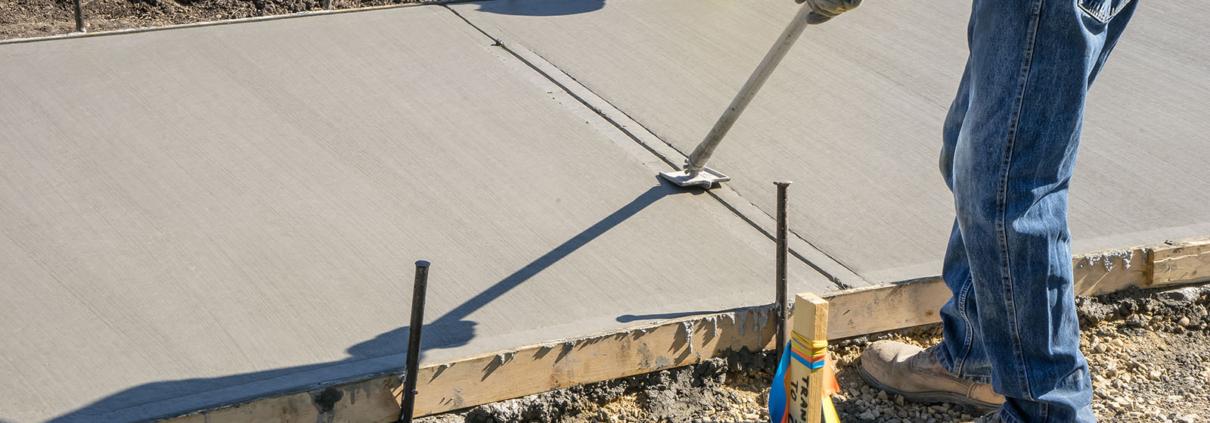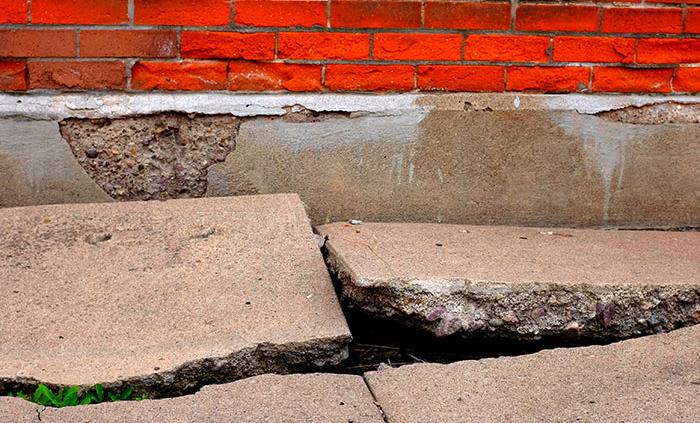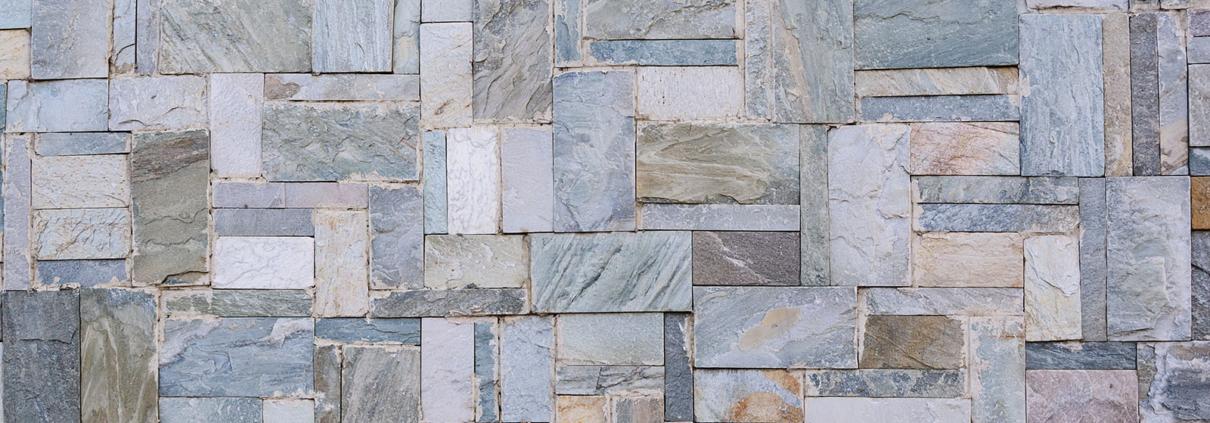The Basics of Concrete Repair in Pittsburgh, PA
/in Uncategorized/by guardianDespite its resiliency, concrete can easily crack over time. This article will explore the procedures and materials used in concrete repair. We’ll also cover the environment and the impact of the process. You’ll also learn what materials are best for your needs. Here are the three main types of concrete repair. Listed below are their benefits and disadvantages. Read on to learn about concrete leveling. In addition to concrete repair, it can improve your property’s value as well.
Materials
While concrete is the most commonly used material for concrete repair, bio-based materials are also being explored. Bio-based concrete is a mixture of yeast, glucose, and calcium acetate. Calcium carbonate is precipitated during the metabolic process of yeast. It has been tested on small-scale specimens. Researchers evaluated the effectiveness of bio-based concrete by performing a water permeability test. Results showed that the bio-based concrete cured within 216 hours with minimal leakage.
Cement and concrete are two types of concrete repair materials: cement mortar mixer hydraulic cement, graded silica sand, and 3/8-inch stone. The mixture is suitable for large-scale repair work because of its low water-cement ratio and its similar strength to ordinary grout and mortar. The latex modifier in concrete helps it form a good bond with the old concrete. Suitable admixtures can increase the power of the repaired concrete and reduce its curing time.
Procedures
The basic techniques for structural concrete repair are compaction and curing. Compression reduces the volume of the concrete to the smallest practical space. This is done through vibration, tamping, or a combination of both. After compaction, the concrete must cure for a minimum period. This is called the “cure time” and must be followed to ensure that the concrete hardens appropriately. The following are some common problems that can occur with the repair process.
Impact on the environment
The impact of a given repair action on the environment depends on several factors, including the time the repairs will last, the type of repair, and the materials used to conduct them. Additionally, the impact of a repair can vary over time due to uncertainties in the construction process and the supply chain of the materials used. However, the overall effect of a concrete repair on the environment can be predicted with a probability approach.
To understand the impact of concrete repair, one must first understand why this industry is so important. Using concrete to construct buildings is the fastest growing sector globally, consuming about two million tons of cement annually. The environmental costs of concrete production are immense, so a simple method of reducing them is to use recycled materials. Recycling concrete is an essential ecological strategy, but it does require a high degree of care, as a concrete repair job will not yield as many recycled materials as a new construction project.
Masonry Pittsburgh PA- Types, Characteristics, and Applications
/in Uncategorized/by guardianMasonry is a type of construction comprised of individual units, often laid in mortar. This article will provide an overview of the different kinds of masonry and their characteristics, as well as the applications for which they are used. This article will give you the knowledge you need to choose the suitable material for your next project. The best way to get started is to read more about the different types of masonry. Here are some common uses for masonry:
Construction
When building a building, masonry construction offers several advantages over other construction methods. First, masonry buildings typically have a large thermal mass. This means they are susceptible to external temperatures. As a result, they can be both warm and cool depending on the climate. In hot temperatures, masonry absorbs heat and radiates it to the surrounding components of the wall system. In cool temperatures, masonry will absorb heat and remain calm. Moreover, the thermal properties of masonry depend on the amount of insulation provided in the wall cavity. As such, masonry is typically considered to provide little insulation.
Applications
Masonry is one of the oldest construction techniques used to construct buildings. Its versatility makes it an excellent choice for many construction projects. Modern materials, technology, and assorted designs have made masonry construction more substantial and durable. It is still one of the most famous building techniques used today. The variety of masonry units available in the market is wide. The most popular types of masonry are bricks, stone blocks, and concrete. Architectural masonry units have a natural look that blends with the surrounding environment.
Fiber-reinforced concrete, for instance, has been extensively studied for use in traditional concrete applications, but its applications in masonry are still largely unexplored. In contrast, fiber reinforcement can improve masonry systems’ water pressure and local damage resistance. This technique is cheap but requires significant research. This research summarizes the findings of more than ten years of study. The results indicate that a 0.5% volume fraction of microfibers in type N Portland cement lime mortar is an effective recipe for most masonry joint applications.
Maintenance
Keeping your masonry in good shape requires careful attention to detail. In addition to checking for damage, a qualified masonry contractor can help you determine the cause of the problem and plan the appropriate repair work. Here are some tips on how to maintain masonry structures. Listed below are a few of the essential considerations for masonry repairs. Before hiring a masonry contractor, learn about these three factors. Using a qualified contractor will guarantee that your property’s masonry is in good condition and safe for your family.
The best way to avoid costly repairs is to check the facade of your building periodically for damage. Brick masonry is durable and requires little routine maintenance. By performing periodic inspections, you can detect problems before they become severe and plan for the replacement of any materials nearing the end of their life span. The service life of certain elements, like sealants and mortar joints, is generally shorter. Mortar joints can last for 25 years before they require repair. Sealants and other materials exposed to harsh weather may require replacement within five years.
Stamped Concrete Patios Pittsburgh PA – Options to Enhance Your Home’s Exterior
/in Uncategorized/by guardianIf you are considering a stamped concrete patio, you may be wondering what is involved in the process. Depending on your stamp, they can cost anywhere from two to four thousand dollars. The good news is that stamped concrete patios are both affordable and durable. You can choose from the following three options to enhance your home’s exterior:
They are durable
Concrete patios are a great choice if you want to create a beautiful yet functional outdoor area. Not only do concrete patios look great, but they are also very durable. Concrete patios can be colored, stenciled, or even exposed aggregate. They can be shaped to fit the exterior of your home and complement the rest of your landscaping. If you want a more customized look, you can also add pavers or paint to them.
There are a lot of benefits of concrete patios. They are highly durable and easy to maintain, and last for generations. Concrete patios are also more affordable than many other materials. They can meet any design needs and can be easily installed. And since concrete is so easy to work with, they are swiftly installed. Whether you need a small space for a barbecue or a large area for an outdoor lounge, concrete can be poured to match any size or shape.
They are versatile
The beauty of a concrete patio is that it can be decorated to suit any style or decor. The material is versatile and can be stamped to imitate many different surfaces, including wood grain and stone textures. Stamped textures are beautiful and can add depth to a concrete patio design. You can even incorporate lighting for an extra touch. This article will show you how to create a beautiful concrete patio and some of the many options available for you to choose from.
They are inexpensive
One of the best ways to give your home an outdoor space without breaking the bank is to add a concrete patio to your yard. Not only is concrete a relatively inexpensive material, but it also has many advantages. For starters, it is durable, long-lasting, and beautiful. You can also add color and variety to your yard by choosing a brick paver or stamped concrete patio. However, these options are not always the cheapest, as the materials and labor involved are higher than a basic concrete patio. Additionally, you can spend more to get elaborate stamped and stained designs in concrete, which can add significantly to the cost per square foot.
They raise property value.
One of the most overlooked aspects of real estate is the value of a concrete patio. Patios add a considerable amount to the value of a home but don’t add square footage or valuable living space. As a result, your property will not be taxed at a higher rate than it would be with a different feature. Some properties are valued higher than others, and the taxes on these are more elevated.





